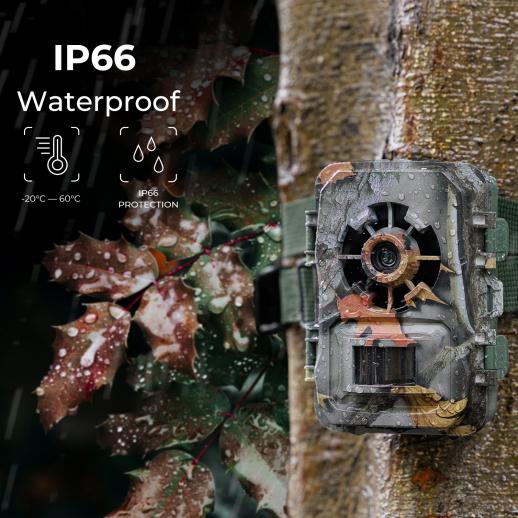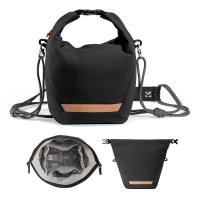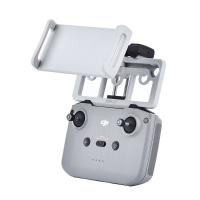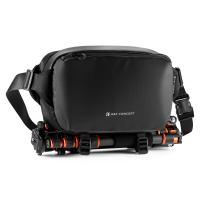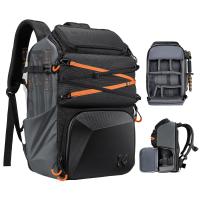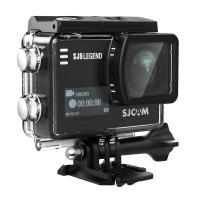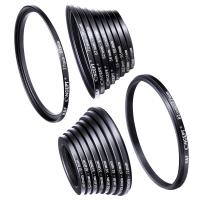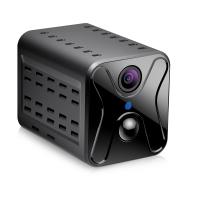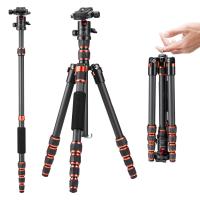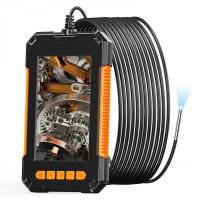Birdhouse Trail Camera
- 00 days
- :
- 07 hours
- :
- 03 min
- :
- 55 sec
- * KF35.143=KF35.064+KF28.0011+KF42.0013 Wide-angle lens captures more details of birds' activities:The birdhouse trail camera has a lens with a field of view of 80°, which can capture more details of birds' activities.
- * Operates in extreme temperatures:The camera can operate in temperatures ranging from -20°C to 60°C, making it suitable for use in various weather conditions.
- * Time watermark function ensures accurate recording:The time watermark function ensures that the camera records the exact time of the bird's activities, making it easier to track their behavior.
- * External battery support for longer recording time:The camera supports 4PCS LR6(AA) alkaline batteries, which provide a 6V power supply, ensuring longer recording time.
- * Built-in microphone and speaker for audio recording:The camera has a built-in microphone and speaker, allowing for audio recording of bird sounds and calls.
2. Get Free Gift Over $100 - 64G SD Card or Double Camera Strap (on the checkout page)
3. Wholesale OFF: $200 OFF Over $1000
A birdhouse trail camera is a type of camera that is designed to be placed inside a birdhouse to capture images or videos of birds and their activities. These cameras are typically small and discreet, and are often equipped with motion sensors that trigger the camera to start recording when a bird enters the birdhouse. Some birdhouse trail cameras also have night vision capabilities, allowing them to capture footage in low-light conditions. These cameras are popular among birdwatchers and nature enthusiasts who want to observe and document the behavior of birds in their natural habitat. They can also be used for scientific research and conservation efforts, as they provide valuable insights into the behavior and ecology of different bird species. Overall, birdhouse trail cameras are a useful tool for anyone interested in studying or appreciating the beauty of birds.

Application Scenarios:
1. Birdwatching: A birdhouse trail camera can be used to capture high-quality images and videos of birds in their natural habitat. This can be used by birdwatchers to study the behavior of different bird species and to identify new species that they may not have seen before.
2. Wildlife Conservation: Wildlife conservationists can use birdhouse trail cameras to monitor the population of different bird species in a particular area. This can help them to identify any changes in the population and to take necessary steps to protect the birds and their habitat.
3. Education: Birdhouse trail cameras can be used in educational settings to teach students about different bird species and their behavior. Students can observe the birds in real-time and learn about their habitat, diet, and other interesting facts.
4. Research: Researchers can use birdhouse trail cameras to study the behavior of different bird species and to collect data on their movements, feeding habits, and other important information. This can help them to better understand the ecology of different bird species and to develop strategies for their conservation.
5. Home Security: Birdhouse trail cameras can also be used as a home security device. They can be installed outside the house to monitor any suspicious activity and to capture images and videos of intruders. This can help homeowners to protect their property and to keep their family safe.
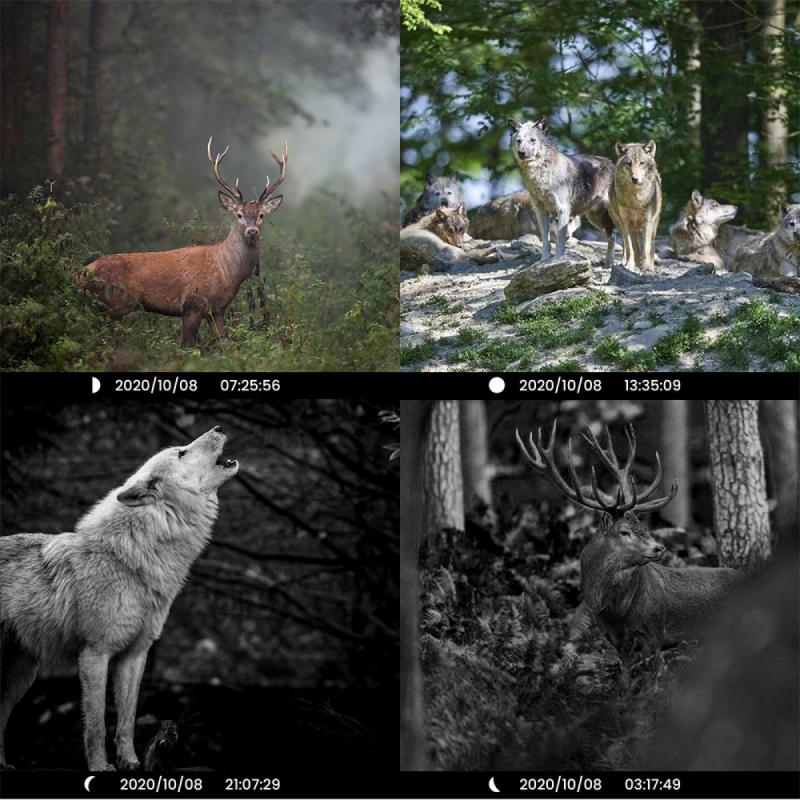
Related technologies:
1. High-resolution imaging: The latest birdhouse trail cameras are equipped with high-resolution imaging technology that allows for clear and detailed images and videos of birds and other wildlife.
2. Wireless connectivity: Many birdhouse trail cameras now come with wireless connectivity options, such as Wi-Fi or Bluetooth, which allow users to remotely access and control the camera from their smartphones or other devices.
3. Motion detection: Advanced motion detection technology is now a standard feature in birdhouse trail cameras. This allows the camera to detect movement and automatically start recording, ensuring that users never miss a moment.
4. Night vision: Many birdhouse trail cameras now come with night vision capabilities, which use infrared technology to capture clear images and videos even in low-light conditions.
5. Weather resistance: The latest birdhouse trail cameras are designed to withstand harsh weather conditions, including rain, snow, and extreme temperatures, making them ideal for outdoor use.
6. Long battery life: With the latest battery technology, birdhouse trail cameras can now operate for extended periods of time without needing to be recharged or have their batteries replaced. This ensures that users can capture footage for longer periods without interruption.
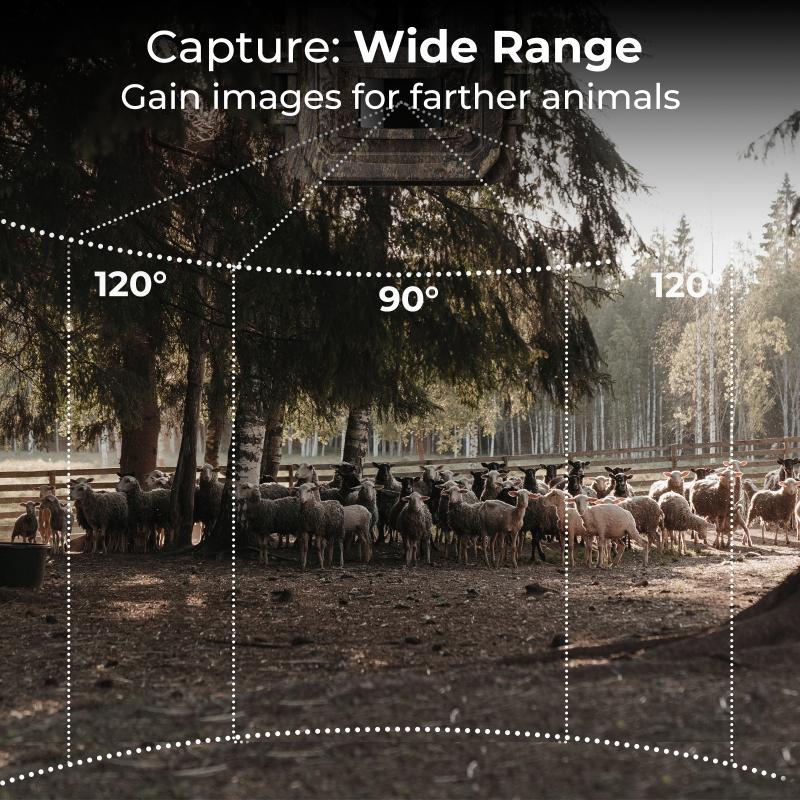
Common problems:
1. Blurry Images: Blurry images can occur due to a variety of reasons such as camera shake, low light conditions, or incorrect focus. To solve this issue, ensure that the camera is mounted on a stable surface or use a tripod. Adjust the focus settings to ensure that the subject is in focus, and increase the ISO or use a flash in low light conditions.
2. Battery Drain: Battery drain can occur due to a variety of reasons such as leaving the camera on for extended periods, using high-powered features such as video recording or flash, or using old or low-quality batteries. To solve this issue, turn off the camera when not in use, use high-quality batteries, and avoid using high-powered features unnecessarily.
3. Memory Card Errors: Memory card errors can occur due to a variety of reasons such as using an incompatible or damaged memory card, using a memory card that is full, or removing the memory card while the camera is still on. To solve this issue, ensure that the memory card is compatible with the camera and is not damaged. Delete unnecessary files or transfer them to a computer to free up space on the memory card. Always turn off the camera before removing the memory card.
4. Incorrect Settings: Incorrect settings can occur due to user error or accidental changes. To solve this issue, familiarize yourself with the camera's settings and ensure that they are set correctly for the situation. Double-check the settings before taking a photo or video to avoid any mistakes. If you are unsure about a setting, consult the camera's manual or online resources for guidance.
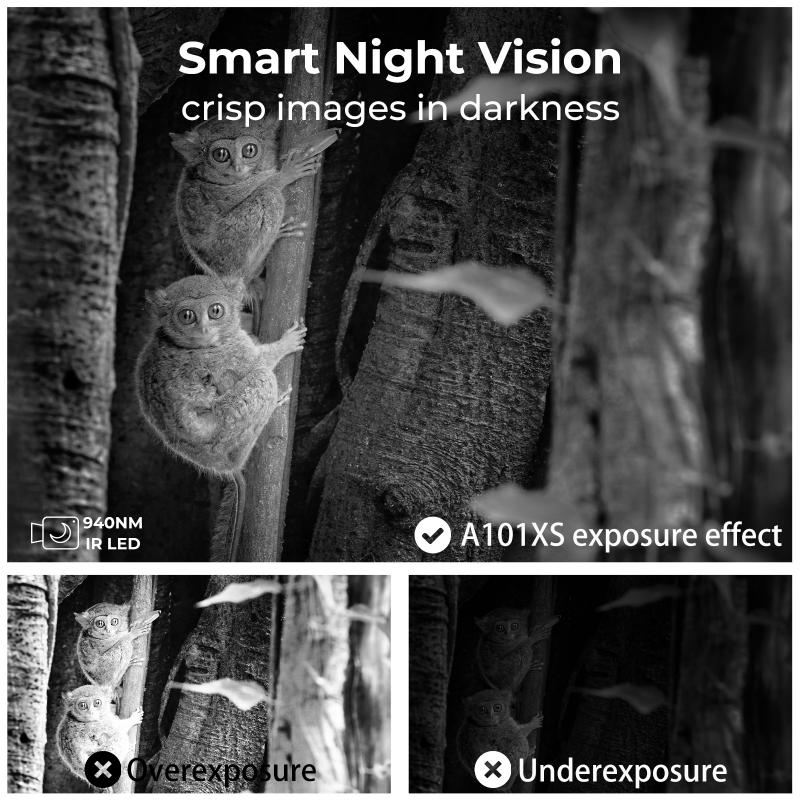
Maintenance:
1. Regularly clean the lens: As the birdhouse trail camera is placed outside, it is prone to getting dirty due to dust, rain, and other environmental factors. Therefore, it is essential to clean the lens regularly to ensure that the camera captures clear and high-quality images. Use a microfiber cloth or lens cleaning solution to clean the lens gently.
2. Check the battery life: The battery life of the camera is crucial as it determines how long the camera can operate without needing a recharge. It is recommended to check the battery life regularly and replace the batteries if necessary. Also, make sure to use high-quality batteries to ensure that the camera operates efficiently.
3. Protect the camera from extreme weather conditions: The birdhouse trail camera is designed to withstand harsh weather conditions, but it is still essential to protect it from extreme weather conditions such as heavy rain, snow, and extreme heat. Use a protective cover or housing to protect the camera from these conditions.
4. Update the firmware: The firmware of the camera is responsible for its performance and functionality. Therefore, it is essential to update the firmware regularly to ensure that the camera operates efficiently and effectively. Check the manufacturer's website for firmware updates and follow the instructions to update the firmware.
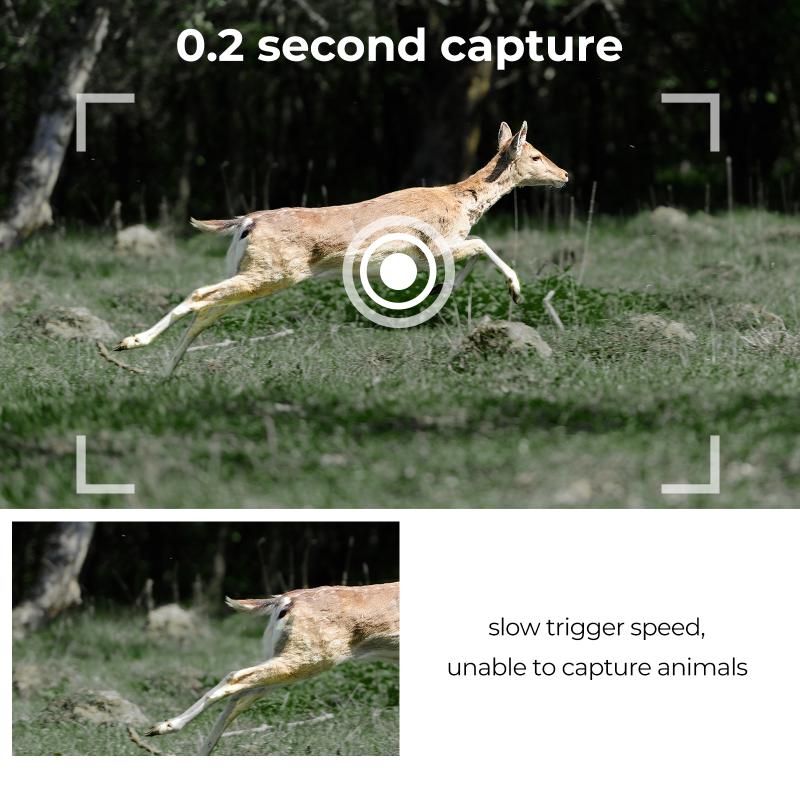
Product parameters:
Video resolution : 1920×1080@30fps
Interface : USB; TF memory card socket
External Alkaline Battery Specifications : 4PCS LR6(AA) Battery: 6V
Operating temperature : -20 - 60°C
Net weight : 185g without battery
Lens : f=4.0mm F/NO=2.0 FOV=80°
Timer function : 3 seconds - 24 hours
Time watermark function : Support
Working mode : Video
Microphone & Speaker : Support
- All Reviews
- Image

